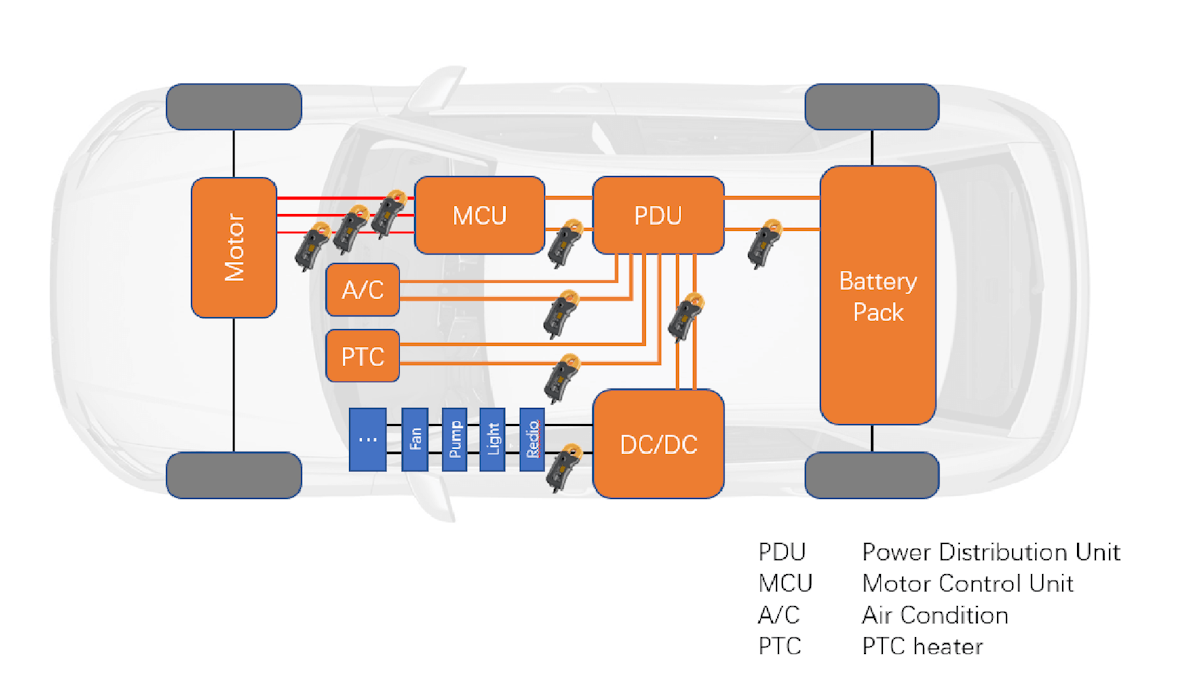Table of contents
Browse categories
Browse authors
 AB
ABAlberto Boffi
 AL
ALAlessia Longo
 AH
AHAl Hoge
 AB
ABAljaž Blažun
 BJ
BJBernard Jerman
 BČ
BČBojan Čontala
 CF
CFCarsten Frederiksen
 CS
CSCarsten Stjernfelt
 DC
DCDaniel Colmenares
 DF
DFDino Florjančič
 EB
EBEmanuele Burgognoni
 EK
EKEva Kalšek
 FB
FBFranck Beranger
 GR
GRGabriele Ribichini
Glacier Chen
 GS
GSGrant Maloy Smith
 HB
HBHelmut Behmüller
 IB
IBIza Burnik
 JO
JOJaka Ogorevc
 JR
JRJake Rosenthal
 JS
JSJernej Sirk
 JM
JMJohn Miller
 KM
KMKarla Yera Morales
 KD
KDKayla Day
 KS
KSKonrad Schweiger
Leslie Wang
 LS
LSLoïc Siret
 LJ
LJLuka Jerman
 MB
MBMarco Behmer
 MR
MRMarco Ribichini
 ML
MLMatic Lebar
 MS
MSMatjaž Strniša
 ME
MEMatthew Engquist
 ME
MEMichael Elmerick
 NP
NPNicolas Phan
 OM
OMOwen Maginity
 PF
PFPatrick Fu
 PR
PRPrimož Rome
 RM
RMRok Mesar
 RS
RSRupert Schwarz
 SA
SASamuele Ardizio
 SK
SKSimon Kodrič
 SG
SGSøren Linnet Gjelstrup
 TH
THThorsten Hartleb
 TV
TVTirin Varghese
 UK
UKUrban Kuhar
Valentino Pagliara
 VS
VSVid Selič
 WK
WKWill Kooiker
Energy Flow Analysis of Electric Vehicle With Power Analyzer

April 8, 2023
As the economic performance of new energy vehicles is one of the most concerning performances to customers, car manufacturers are also working hard to increase vehicle mileage. Therefore, the economic performance of electric vehicles is particularly important.
And China's new energy vehicle subsidies are related to the economic performance of electric vehicles. Hence, the OEMs are studying the economic performance of new energy vehicles. The Dewesoft power analyzer provides a flexible solution for all power analysis calculations as well as electrical power and mechanical power measurements.

In the process of vehicle development, in order to analyze the economic performance of new energy vehicles and understand the energy destination and utilization of electric vehicles during operation, researchers in new energy and development manufacturers (such as BJEV, Xpeng, etc.) need to perform energy flow analysis on vehicles under development and benchmark vehicles.
These researches are analyzing the energy transfer efficiency and the proportion of energy consumption among the various subsystems, amending the economic performance analysis simulation model, and guiding the formulation of reasonable performance indicators.
The challenge - power analysis
Electric energy from the grid flows into electric vehicles. The entire vehicle system connects power conversion devices such as power batteries, motor controllers, drive motors, and reduction gears in series to achieve the transfer, conversion, consumption, and utilization of electrical and mechanical energy.
According to the energy flow diagram and energy analysis theory, the working efficiency of each part of the pure electric vehicle can be obtained.
For example, by calculating the ratio of the cumulative output power of the power battery to the total input energy of the power grid, the working efficiency of the power battery under a driving condition can be obtained; by calculating the ratio of the power recovered by the power battery to the available kinetic energy of the vehicle, the braking energy recovery efficiency can be obtained.
Multifunctional solution
The powerful Dewesoft power analyzer meets the requirements of the needed measurements. It provides a flexible solution for all power analysis calculations as well as electrical power and mechanical power measurements.
Due to DewesoftX software, the DAQ system combines multiple functionalities in a single device:
Power Analyzer
Combustion Analyze
Oscilloscope
RAW Data Logger
Spectrum Analyzer
CAN logger
etc.
ensuring smooth data synchronization, visualization, storage, or data comparison.
Voltage measurement
The Dewesoft SIRIUS HS (High Speed) HV (high voltage) channels can collect voltages from ±1600V to ± 20V, meeting various test needs. The battery voltage of pure electric passenger cars is generally between 300V and 420V. Low-voltage circuit voltage is generally 12V, 24V, or 48V.
High current measurement
The discharge rate of the battery is generally below 1C. When the vehicle is accelerating rapidly, the peak discharge rate may reach 2C or more, which is converted into a current of approximately -300A ~ + 500A.
Customers need to install the current sensor quickly, so they choose DS-CLAMP-500DCS high-precision open-loop current clamp with a range of ± 500A.
Learn more




Low voltage and small current measurement
There are some low-voltage electrical loads on electric vehicles, such as lights, radios, cooling fans, cooling water pumps, etc. Their working current is about 2A ~ 40A, and the working voltage is 12V or 24V.
It is collected by DEWENET's DN-SHUNT-XXA current sensor, which is installed in the fuse box and replaces the original fuse, which is convenient to install.
Mechanical energy measurement
The customer needs to monitor the mechanical energy output from the half shaft to calculate the energy conversion efficiency of the electric motor and reducer.
The power of a rotating object is equal to the product of torque and speed divided by 9550. The torque measurement uses a wireless shaft torque sensor with high accuracy and low signal noise. Wheel speed is measured using a digital incremental tachometer.
Pure electric vehicles come from power batteries and belong to a single energy source system. The transmission path is relatively simple. When the vehicle is running, the power battery transmits the stored electrical energy to the Motor Control Unit (MCU) through a Power Distribution Unit (PDU).
The MCU converts high-voltage DC to high-voltage AC so that driving the motor to work. The motor converts electrical energy into mechanical energy and transmits it to the wheels through the reducer in order to drive the vehicle.
For a pure electric vehicle with a braking energy recovery function, a part of the kinetic energy is transmitted to the drive motor through the wheels and the reduction gear transmission under braking. Meanwhile, the motor plays the role of a generator, which converts mechanical energy into electrical energy, then the motor outputs the electrical energy to the power battery so as to store.
In addition, in order to maintain the normal operation of the low-voltage system, the battery management system will charge a portion of the power battery through the DC / DC converter if the 12V low-voltage battery is short of power.
The Dewesoft power analyzer meets this measurement. By installing sensors on each path of energy transfer, voltage and current can be obtained.
The Dewesoft X power module can calculate instantaneous power in real-time and integrate the transferred energy. At the same time, positive energy and negative energy can be calculated.
Using Math to write simple formulas, the power of rotating mechanical energy can be calculated. And using the integral function can get energy. In this way, the data can be output in real-time and the results can be obtained immediately after the test.
Conclusion
This solution has been accepted by more and more new energy vehicle R&D institutions in China. About 30 car companies in China currently use Dewesoft power analyzers to analyze electric vehicle energy flow, and the number of customers is still increasing.
Due to its compact size, the DAQ equipment can be used for onboard tests and bench tests, and the software is very easy to use.
Dewesoft DAQ hardware is flexible, and the ease of use of the software is the most satisfactory for customers. Since the power analyzer can also be used with other plug-ins such as Brake Test, the customer can analyze the motor response process and energy recovery during the power performance test or brake test. In addition, the solution can be extended to test hybrid vehicles and hydrogen fuel cells.